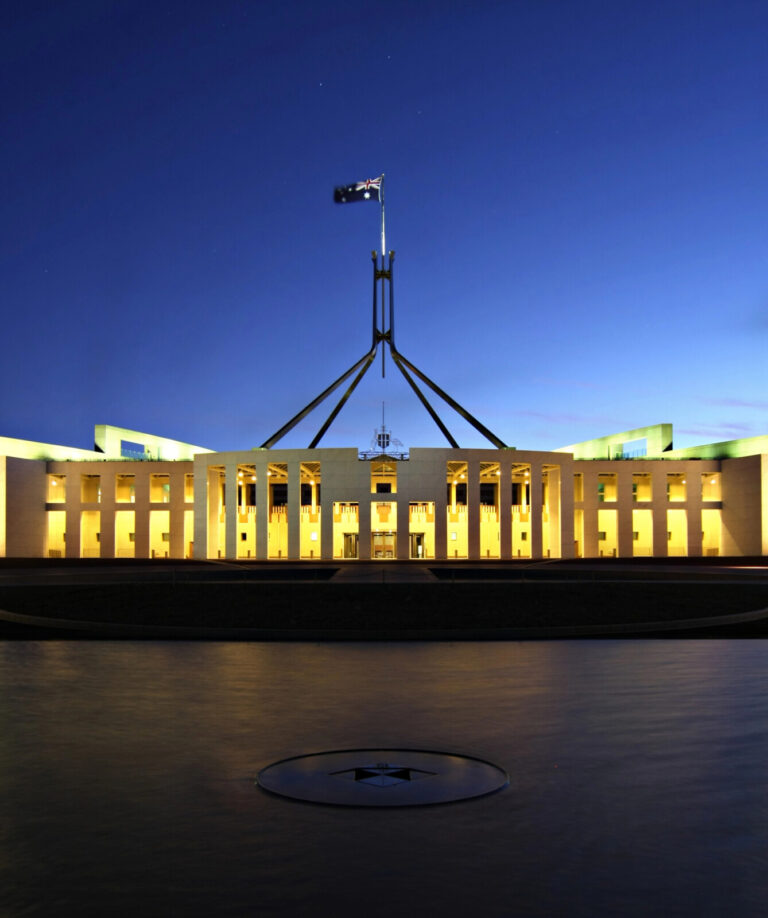2024-25 Federal Budget Recap
In his 2024 Federal Budget speech, treasurer, Jim Chalmers, announced that ‘The number one priority of this government and this Budget is helping Australians with the cost of living’. But…

In his 2024 Federal Budget speech, treasurer, Jim Chalmers, announced that ‘The number one priority of this government and this Budget is helping Australians with the cost of living’. But…

When it comes to getting the most (money) from your annual tax return, there is usually a lot to think about, so we’ve identified a few options that could open…

By Robert Goudie This savings strategy is about building a healthy deposit and allowing kids to learn about consistent, regular saving. The strategy will require patience to build a substantial…
End of content
End of content